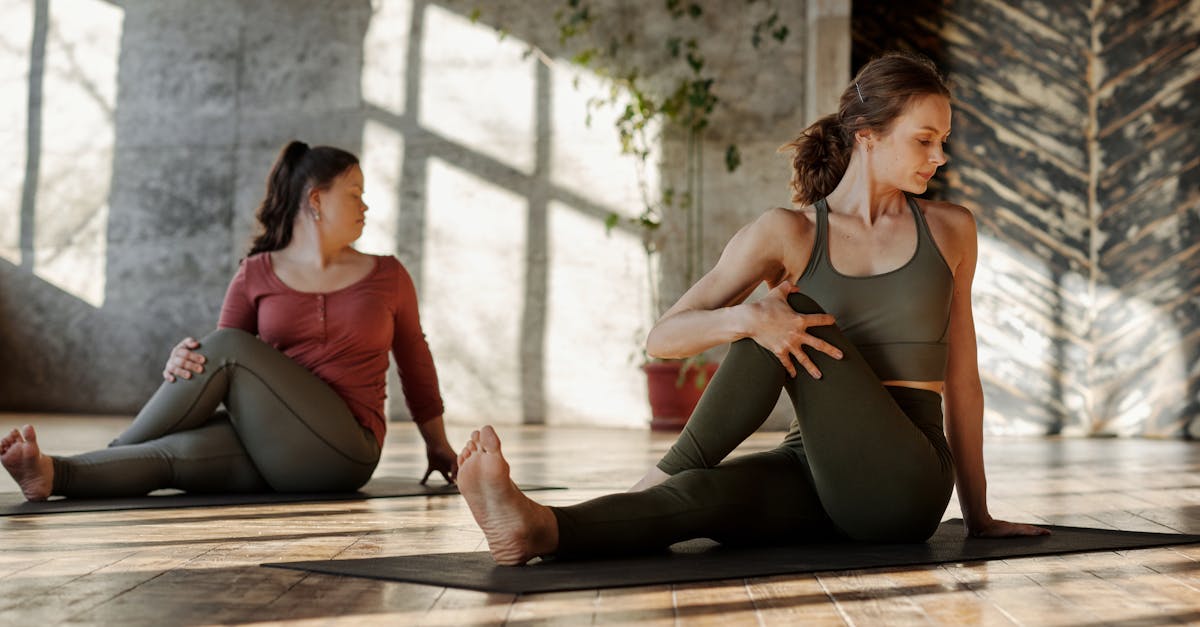Relieve Stiffness: Essential Stretches for Locked Hips
Unlocking Stiff Hips: A Path to Pain Relief and Improved Mobility

Stiff and locked hips are a common problem that can affect people of all ages. The condition can be caused by a variety of factors, including injury, inactivity, and certain medical conditions. Locked hips can lead to pain, discomfort, and difficulty moving. Fortunately, there are a number of effective stretches that can help to relieve stiffness and improve range of motion in the hips.
In this article, we will discuss the causes of locked hips and provide a comprehensive guide to the best stretches for relieving stiffness. We will also highlight the benefits of regular stretching and provide tips for prevention and maintenance. If you are experiencing persistent pain or limited mobility in your hips, it is important to consult a healthcare professional for proper diagnosis and treatment.
1. Understanding Locked Hips
Locked hips is a condition in which the hip joint becomes stiff and painful, making it difficult to move the leg. The condition can be caused by a variety of factors, including injury, inactivity, and certain medical conditions. Symptoms of locked hips include pain, stiffness, and difficulty moving the leg. If left untreated, locked hips can lead to further complications, such as muscle atrophy, decreased range of motion, and chronic pain.
It is important to address locked hips promptly to prevent further complications. Treatment for locked hips typically involves a combination of stretching, strengthening exercises, and pain relievers. Physical therapy may also be beneficial in improving range of motion and reducing pain. In some cases, surgery may be necessary to correct the underlying cause of the locked hips.
If you are experiencing symptoms of locked hips, it is important to see a doctor for proper diagnosis and treatment.
2. Effective Stretches for Locked Hips

There are a number of effective stretches that can help to relieve stiffness and improve range of motion in the hips. Here is a comprehensive list of stretches that target different hip muscles, with step-by-step instructions and an emphasis on proper form:
1. Kneeling hip flexor stretch:
- Kneel on the floor with your right knee in front of your left knee and your left foot flat on the floor.
- Place your hands on your right thigh and gently push your hips forward until you feel a stretch in the front of your right hip.
- Hold the stretch for 30 seconds and then repeat on the other side.
2. Standing quad stretch:
- Stand with your feet shoulder-width apart and your right leg slightly behind your left leg.
- Bend your left knee and grab your right foot with your right hand.
- Pull your right heel towards your buttocks until you feel a stretch in the front of your right thigh.
- Hold the stretch for 30 seconds and then repeat on the other side.
3. Seated hip flexor stretch:
- Sit on the floor with your legs extended in front of you.
- Bend your right knee and bring your right foot towards your groin.
- Hold your right thigh with your right hand and gently pull it towards your chest until you feel a stretch in the front of your right hip.
- Hold the stretch for 30 seconds and then repeat on the other side.
3. The Benefits of Stretching Locked Hips
Regular stretching of the hips can provide a number of benefits, including reduced pain, improved mobility, enhanced balance, and better posture. Here is a more detailed look at each of these benefits:
Reduced pain: Stretching the hips can help to relieve pain caused by stiffness and muscle tightness. This is because stretching helps to improve blood flow to the muscles, which can reduce inflammation and pain.
Improved mobility: Stretching the hips can help to improve range of motion in the hips, which can make it easier to perform everyday activities such as walking, running, and climbing stairs. Improved mobility can also reduce the risk of falls.
Enhanced balance: Stretching the hips can help to improve balance by strengthening the muscles around the hips and pelvis. This can be especially beneficial for older adults and people who have difficulty with balance.
Better posture: Stretching the hips can help to improve posture by aligning the spine and pelvis. This can help to reduce pain and discomfort in the back, neck, and shoulders.
4. Prevention and Maintenance

There are a number of things you can do to prevent locked hips and maintain hip flexibility and strength. Here are a few tips:
- Stay active: Regular exercise is one of the best ways to prevent locked hips. Exercise helps to keep the muscles around the hips strong and flexible, and it also helps to improve range of motion.
- Stretch regularly: Stretching the hips regularly can help to improve flexibility and prevent stiffness. There are a number of different hip stretches that you can do, so find a few that you enjoy and incorporate them into your regular routine.
- Warm up before exercising: Warming up before exercising can help to prevent injuries, including locked hips. Make sure to warm up your hips by doing some light cardio and stretching before you start your workout.
- Cool down after exercising: Cooling down after exercising can help to reduce muscle soreness and stiffness. Make sure to cool down by doing some light cardio and stretching after your workout.
- Maintain a healthy weight: Being overweight or obese can put extra stress on the hips, which can lead to locked hips. Maintaining a healthy weight can help to reduce your risk of developing locked hips.
- Wear supportive shoes: Wearing supportive shoes can help to protect your hips from injury. Make sure to choose shoes that are comfortable and provide good support for your feet and ankles.
5. Seeking Professional Guidance
If you are experiencing persistent pain or limited mobility in your hips, it is important to consult a healthcare professional. There are a number of different conditions that can cause hip pain and stiffness, and it is important to get an accurate diagnosis so that you can receive the appropriate treatment. Your doctor may recommend a physical exam, X-rays, or other tests to determine the cause of your hip pain.
Once your doctor has diagnosed the cause of your hip pain, they will recommend the appropriate treatment. Treatment for hip pain may include medication, physical therapy, injections, or surgery. In most cases, conservative treatment options such as medication and physical therapy are effective in relieving hip pain. However, surgery may be necessary in some cases, such as if you have a severe hip injury or if other treatments have not been effective.
If you are experiencing hip pain, it is important to seek medical attention as soon as possible. Early diagnosis and treatment can help to prevent further complications and improve your quality of life.
Quiz
1. True or False: Locked hips can be caused by a variety of factors, including injury and inactivity.
2. Multiple Choice: Which of the following is NOT a benefit of regular hip stretching?
(a) Reduced pain (b) Improved mobility (c) Increased risk of falls3. True or False: It is important to seek professional guidance if you experience persistent pain or limited mobility in your hips.
4. Multiple Choice: Which of the following is a preventive measure to minimize the risk of locked hips?
(a) Regular exercise (b) Smoking (c) Maintaining a healthy weight5. True or False: Hip pain can always be treated with conservative measures such as medication and physical therapy.
Answer Key
- True
- (c) Increased risk of falls
- True
- (a) Regular exercise
- False
